Vietnam is a place where the past, present, and future are very much intertwined.
It’s the latter where VinFast is playing an outsized role, having only built its first vehicle four short years ago and already planning to pivot entirely towards electrification by the end of this year. That strategy also includes expansion to markets including Canada before the new year dawns.
If it all seems ambitious, it’s because it is. But then much of this automaker’s ethos is rooted in the same desire to do it all and then some on impossibly tight timelines.
Before VinFast There Was Vingroup
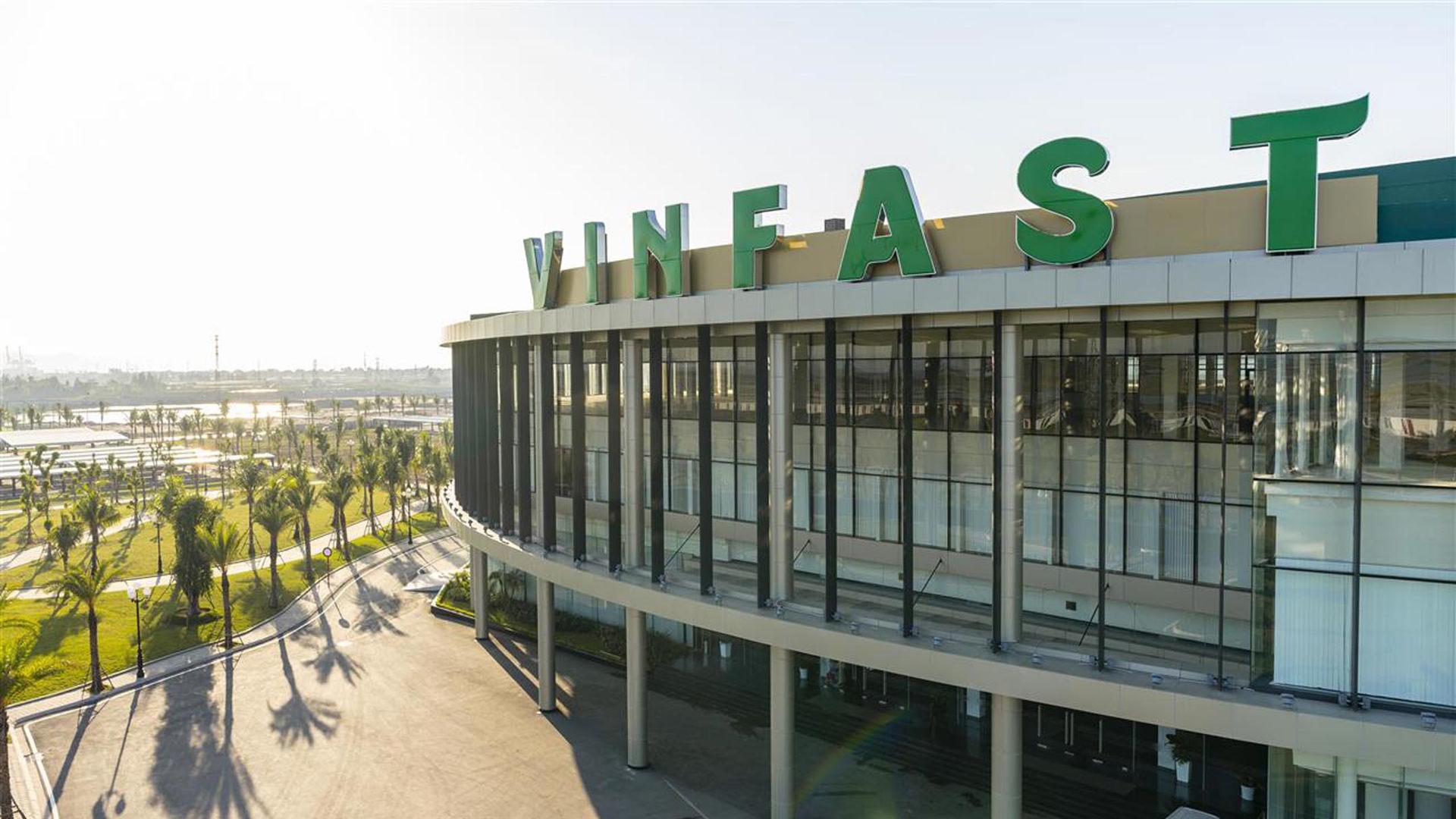
If you’re unfamiliar with the VinFast name, you’re probably not alone. After all, behind the brand’s eager plans to bring its lineup of electric vehicles (EVs) to Canada, the United States, Germany, and the Netherlands is a rather short history.
It was only in 2017 that VinFast was launched as part of the Vingroup conglomerate, rounding out a long list of subsidiaries with interests in everything from resorts and real estate developments to postsecondary education and healthcare. The entire entity is something of an ambassador for the reforms introduced by the Vietnamese government in the 1980s and ’90s that allowed private industry to operate in the country as part of a mixed economy.
The overarching company’s roots date back to the early 1990s when it was founded by Pham Nhat Vuong, a man who would go on to become Vietnam’s first billionaire. Back then he was operating a Vietnamese restaurant in Ukraine, according to a Forbes profile, when he rolled the dice on an instant-noodle business in a post-Soviet economy hungry for affordable food options.
In short, the gamble paid off and then some, putting Pham on the map as a power player in Vietnam. Even before selling that company to Nestlé in 2010 – for an estimated US$150 million, it’s worth noting – he was busy building his empire back home, first opening an island resort before expanding into commercial and residential real estate development.
Entering the Auto Market
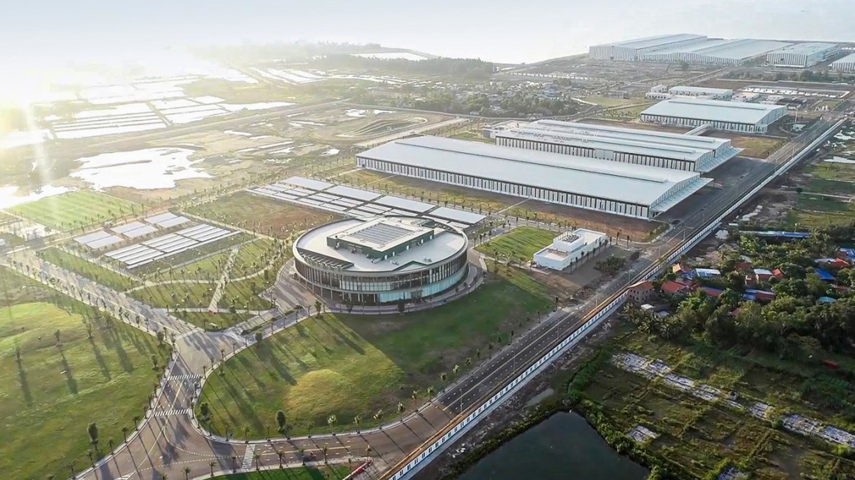
Fast-forward to the latter half of the last decade, and VinFast was cutting the ribbon on its massive plant – apparently less than two years after ground was broken – while also taking over a former General Motors (GM) factory and launching a handful of gas-powered vehicles for the domestic market, including a badge-engineered Chevrolet Spark. Yet according to company executives, there was always an eye towards electrification.
“We started out in 2017 knowing that we had to build EVs,” VinFast Chief Executive Officer (CEO) Le Thi Thu Thuy said, noting that there was strategy behind the decision to start first with gas-powered vehicles before transitioning to electrification.
She said part of it came down to the additional complexities involved with building cars and crossovers powered by gas engines compared to electric ones, largely due to the various drive-related components. Beyond establishing best practices in manufacturing, though, Thuy said the shift also had to do with some piousness as the brand focused on environmental issues while simultaneously building smog-emitting vehicles.
“We thought we didn’t walk the talk,” she said plainly. “So we decided that we were going to go 100 per cent EV, which comes at a big cost … however, it makes us feel good that we mean what we say.”
Thuy was speaking this day as part of a panel of VinFast executives, including Chief Financial Officer (CFO) David Mansfield and global manufacturing unit head Michael Johnson, with the trio touching on a variety of topics ranging from delivery dates to the expansion of its electric scooter business beyond Vietnam’s borders.
Keeping It In-House
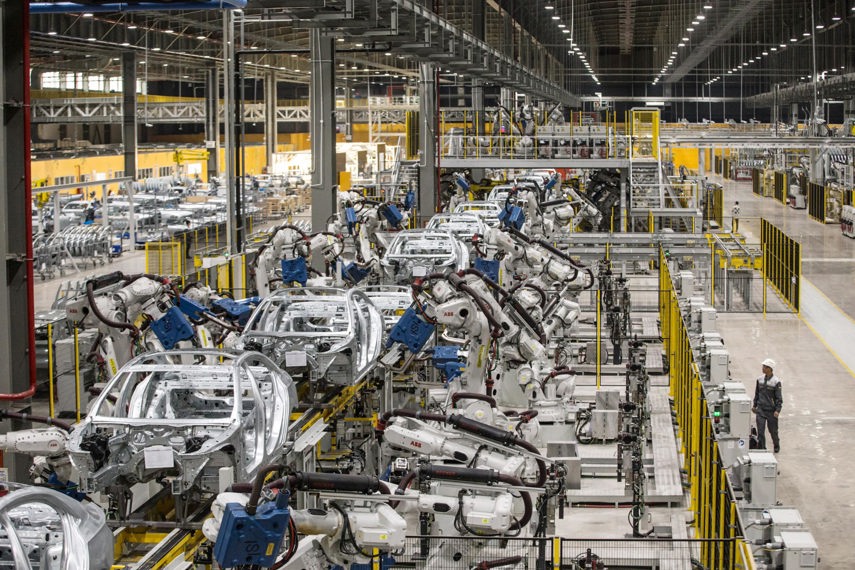
The discussion took place after a whirlwind tour of the automaker’s expansive manufacturing complex near the port city of Hai Phong. It’s here that everything from the stamping of body panels to battery building and final assembly takes place in facilities spread across some 900 acres of former swampland – and VinFast isn’t done here yet.
In the shadows of these mammoth buildings, construction is taking place on even more manufacturing space. It’s all part of the brand’s focus on direct ownership of as many aspects of its business as possible. So while it currently sources batteries from third-party suppliers before assembling them in-house, it will soon make its own on-site – through yet another subsidiary, this one known as VinES.
Directly referencing rivals, especially established ones, isn’t common amongst automotive execs, many of whom prefer a more diplomatic approach that doesn’t involve names. However, there was plenty of talk about one competitor in particular.
“The level of vertical integration I think probably surpasses what Tesla does,” Johnson, the man in charge of VinFast’s manufacturing operations, said of the way in which the company is aiming to control its destiny. “We’re doing vertical integration where we can actually improve vehicle quality and improve the commitment of supply.”
Of the items used to build its vehicles that VinFast doesn’t make itself, it has seen suppliers like ZF set up shop closeby to cut lead times. According to Johnson, the goal is to have the ensuing agility be a defining characteristic of how the company does business.
“The idea is to push ourselves to be as effective and as efficient as possible so that we can drive implementation quickly,” he said. “As a new player, we realize we can’t do things the same as other OEMs and be successful – we have to sort of push the boundaries to challenge ourselves and our teams.”
Across the Ocean
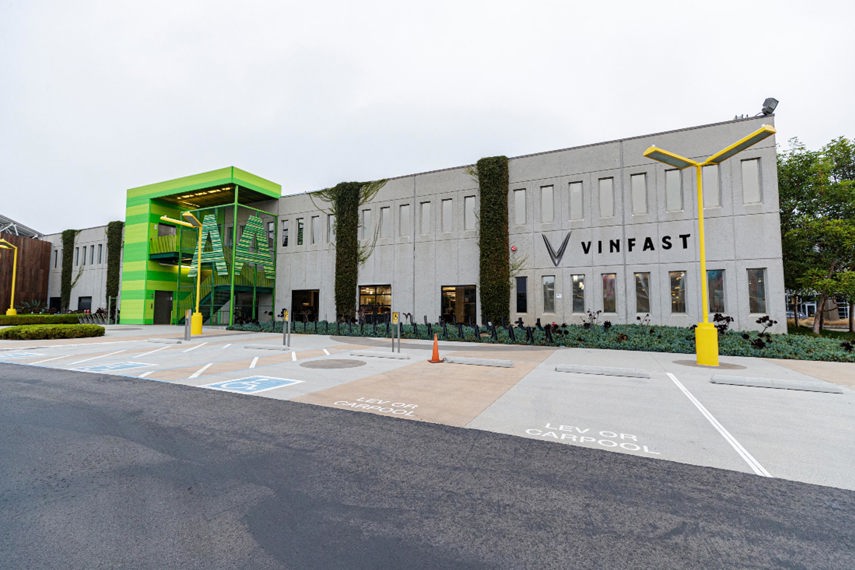
As activity ramps up at home, the initial stages of construction on a similar facility in North Carolina are also underway. Phased spending of an estimated US$4 billion is expected in the coming years on a production complex that will localize all aspects of the manufacturing process in North America in a similar way to how it’s being done in Vietnam.
According to Johnson, with a nearly 2,000-acre site secured just outside Raleigh, N.C., the first phase will include facilities for stamping, paint, and general assembly, with battery-building earmarked for the second half of the development process. Of course, that means it won’t be quite as self-reliant in the early days, operating instead like a more traditional auto manufacturing facility that relies on bringing parts in.
“To be able to ramp up properly and to build vehicles as we need to, what we’ll do is we’ll get some of the components from Vietnam or work to do global sourcing so that we don’t have to build everything … all at once,” Johnson said.
Vehicle production at this yet-to-be-built plant is expected to kick off in July 2024 – yet another quick turn-around for VinFast as it plans to roll out five EVs in the coming years, including the VF 8 compact crossover. Once again, it’s all very much on-brand for a company that’s attempting to get an awful lot done at once.
Final Thoughts
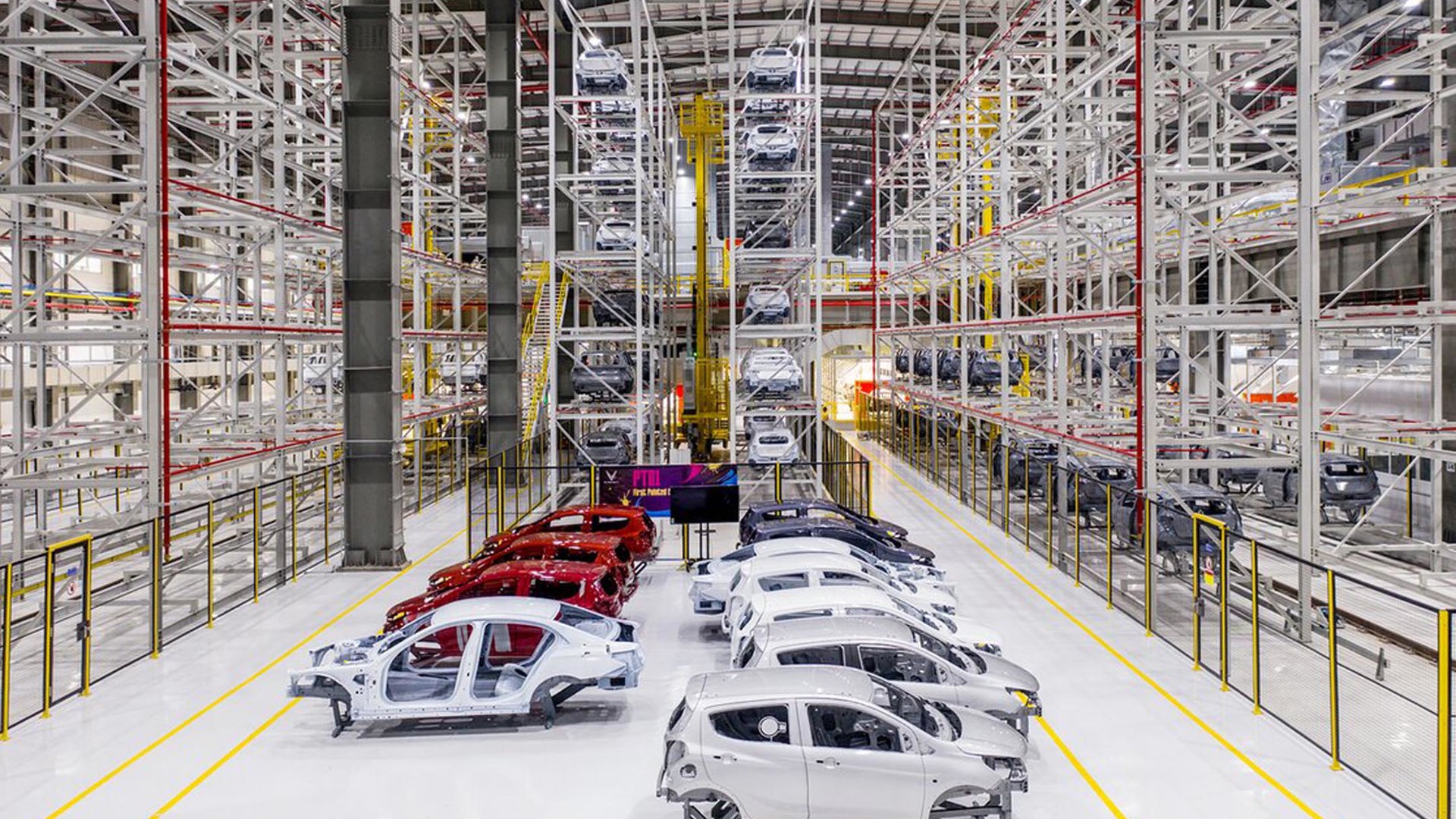
Though the name is an acronym that’s supposed to represent the brand’s pillars – they are the Vietnamese words for style, safety, creativity, and pioneering – it could easily be a representation of the speed at which VinFast plans and pivots.
As it hurtles towards a self-imposed deadline of getting vehicles into North American reservation-holders’ hands by December 2022, it has already reversed course on its commitment to battery leasing, while prices here in Canada have gone up, and gas-powered cars continued to roll off the assembly line during a plant tour in late September – this despite published reports claiming production would cease the month prior.
It’s all enough to cast at least a shadow of skepticism on VinFast’s plans to scale up so quickly, with talk of producing upwards of 400,000 vehicles a year split between plants in Vietnam and the U.S. As other automakers have proven in recent years, the line between agile and irresponsible is a fine one, and it’s often better to be thorough than fast. But then that wouldn’t be in keeping with what’s got this brand – and its parent company – here in the first place.
[Editor’s note: VinFast’s first Canadian retail location is scheduled to open at Toronto’s Yorkdale Shopping Centre on Nov. 15, 2022.]


















